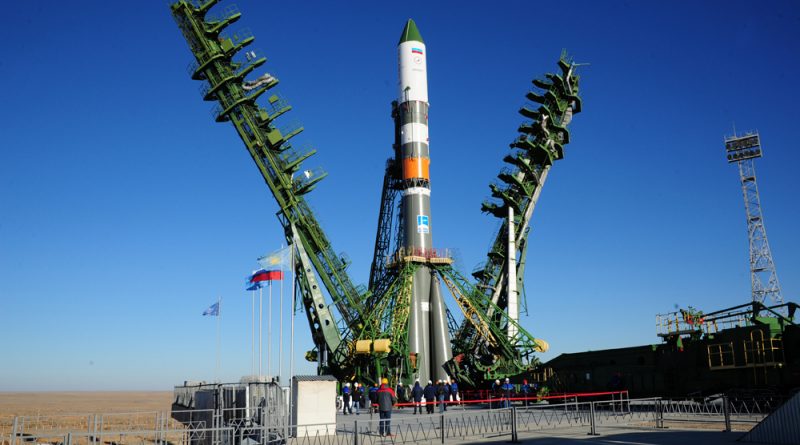Rare Soyuz Ignition Abort Scratches Express Rendezvous Plans for Progress Cargo Ship
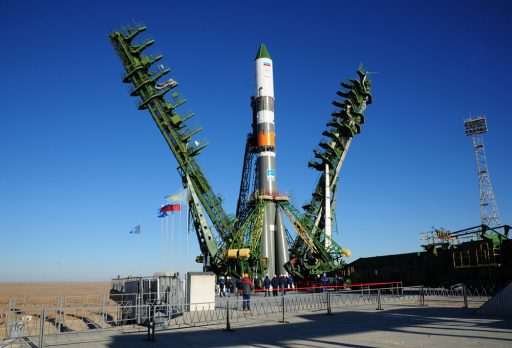
Russia’s Soyuz rocket suffered a rare ignition abort on Thursday, preventing the Progress MS-07 cargo resupply craft from launching on a new fast-track rendezvous with the International Space Station that had been planned for demonstration in preparation for faster crew flights to the orbiting laboratory on future Soyuz missions.
Standing fully fueled atop its Site 31/6 launch pad at the Baikonur Cosmodrome, the Soyuz 2-1A rocket enjoyed a smooth countdown up until the T-20 second mark when an automatic abort command was issued by computers, cutting off the ignition sequence prior to the start of the engines. Given the precise orbital geometry required for a rendezvous with the International Space Station, the launch had to be scrubbed and moved to its backup date – pending investigation into the cause of the aborted ignition.
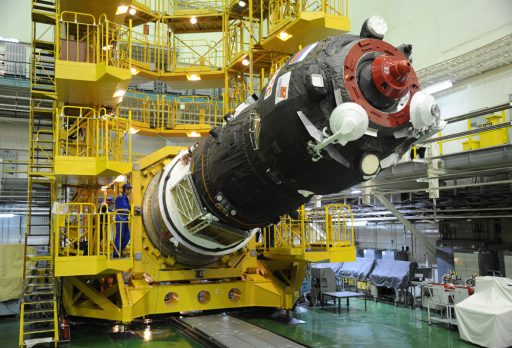
Soyuz 2-1A has a backup launch slot on Saturday, October 14 with a target T-0 time of 8:46 UTC; however, due to the stringent orbital phasing requirements of the fast-track rendezvous, a two-orbit link-up will no longer be possible. Instead, Progress MS-07 would have to revert to the traditional flight profile, taking two days or 34 orbits to reach its destination in space and leaving the new 3.5-hour mission profile to be demonstrated by a future Progress vehicle.
Thursday’s launch countdown had been proceeding as planned until the abort occurred, picking up at dawn with the final hands-on work at the pad to prepare Soyuz for propellant loading. The Russian State Commission, overseeing all space activities, provided the formal approval for tanking – picking up inside L-4 hours to fill the boosters, core stage and Block I third stage with some 274 metric tons of rocket-grade Kerosene and Liquid Oxygen.
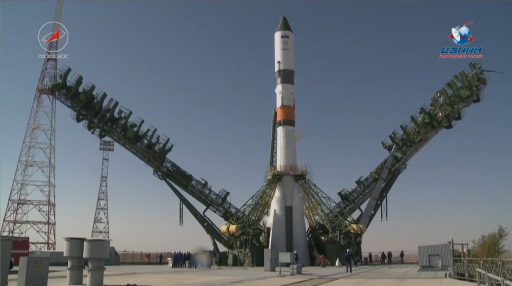
Soyuz stood fully fueled when the protective Service Structure was lowered to its launch position 35 minutes before the instantaneous launch opportunity at 9:32:03 UTC. Status checks with the various support stations continued to report readiness and Soyuz pressed into its automated countdown sequence at the T-6-minute mark to enter the last preparatory steps for its nine-minute climb into orbit.
Launch Controllers called out the final countdown milestones as planned with Soyuz purging its engines to ensure a controlled ignition, starting the pressurization of all 12 tanks inside T-3 minutes and assuming control of the countdown with one minute to go. The third stage umbilical mast retracted from the rocket and the Launch Command – indicated by the call “Пуск” (Pusk) – was issued. Next would have been the firing of igniters within the RD-107A and RD-108A engines (“Зажигание”), but the call was never made as Soyuz issued its АВД Abort Command.
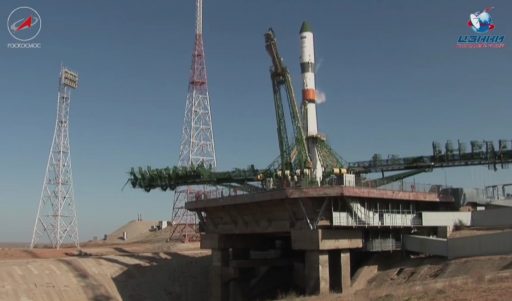
Immediately after the abort was triggered, Soyuz purged its engines and vented its tanks, visible as a puff of gaseous oxygen was released from the vehicle. Since igniters did not initiate, there was no fire concern and engineers were allowed back to the launch pad after tank pressures were confirmed at normal levels.
Soyuz goes through a multi-stage ignition sequence starting twenty seconds before liftoff with the launch command that initiates the spin-up of the Hydrogen Peroxide-driven turbopumps on the boosters and core stage. Igniters fire to initiate the combustion process within the engine chambers and the vehicle throttles into a preliminary thrust stage before ramping up to full thrust five seconds before launch to overcome counterweights at the precisely planned liftoff time. Thursday’s АВД abort occurred early in the sequence, before firing the igniters.
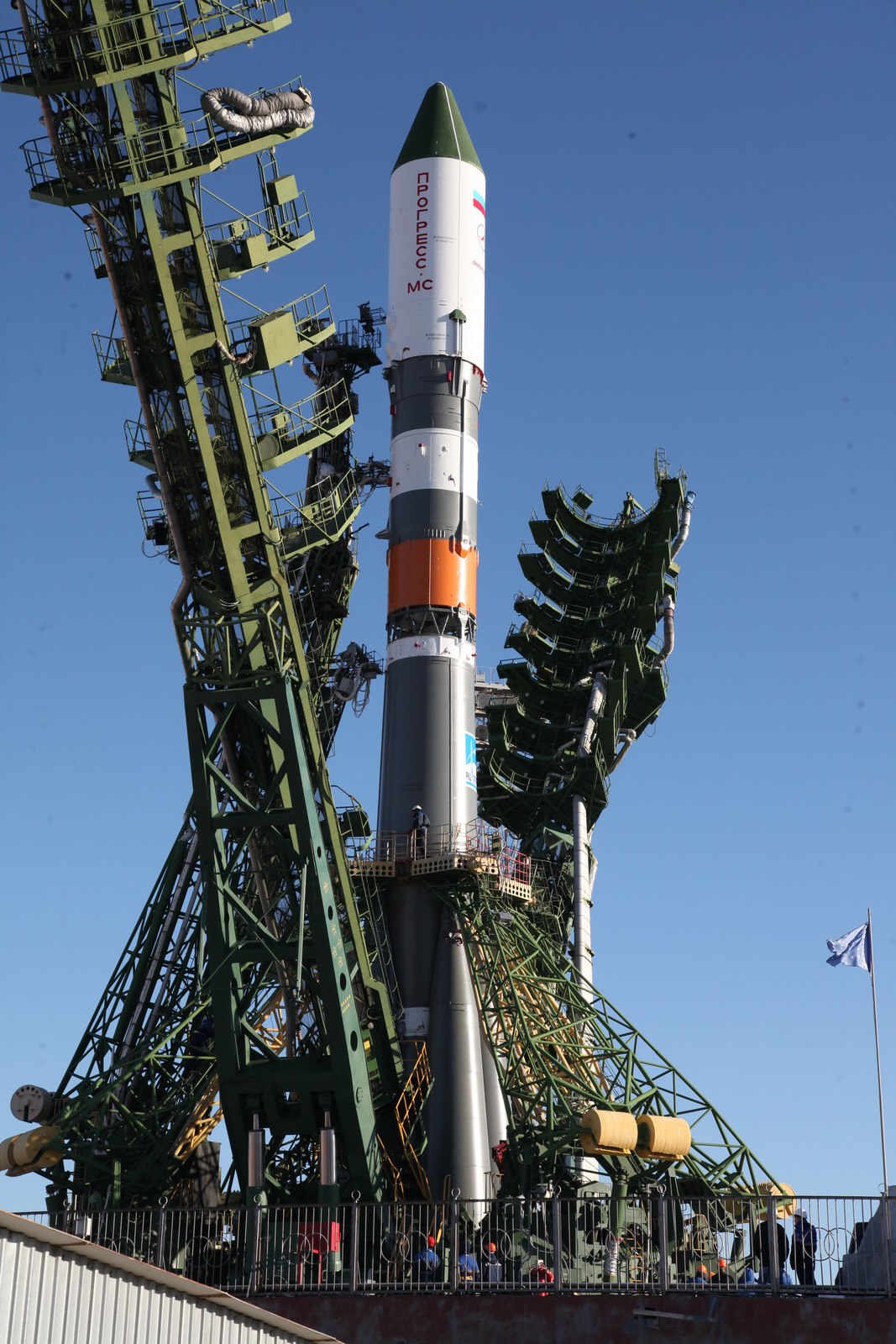
On-pad ignition aborts are rare for the well-proven Soyuz launch vehicle but not unheard of with the most recent instance in March 2016 when a Soyuz 2-1B rocket stood atop the 31/6 launch pad with the Resurs P3 Earth Observation Satellite. In that case, the abort occurred after igniters were commanded to fire when the onboard computer failed to confirm that in fact all igniters had fired. Because no propellant valves were opened, Resurs P3 was able to lift off after a 24-hour recycle without going through engine refurbishment.
The cause of Thursday’s abort will be investigated through telemetry gathered during the ignition sequence to determine a forward plan in order to get back into launch posture.
The backup launch slot for Progress MS-07 is Saturday with a T-0 at 8:46:53 UTC which would set up a two-day rendezvous since the phase angle conditions are no-longer compliant with a fast-track rendezvous on either the two- or four-orbit route. Setting up the phase angle for the fast rendezvous – or the angular distance between the Progress and ISS at the moment of orbital insertion – requires ISS to make small orbital changes well ahead of launch day in order to slightly modify its orbital period to be just in the right position when the Earth’s rotation carries the Baikonur launch site into its orbital plane.
Theoretically, ISS could conduct another orbital correction to get back into the narrow phase angle corridor required by the two or four-orbit rendezvous, but the orbital management plan for the Station is planned out over several months – meaning any unscheduled maneuver in response to a launch delay would interfere with the orbital setup for other operations further down the line.
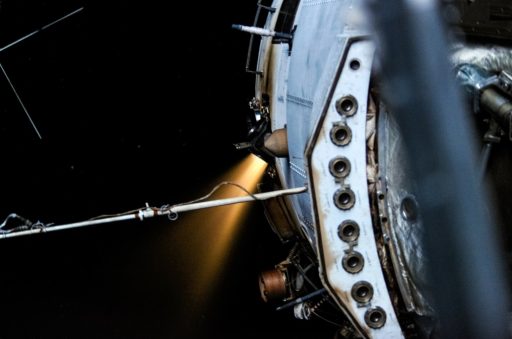
In the current case, ISS performed a 0.45-meter-per-second reboost maneuver on September 27 to set up phasing for the planned two-orbit rendezvous by Progress MS-07 and also begin the phasing setup for the landing of Soyuz MS-05 on December 14 and the launch of Soyuz MS-07 three days later. Subsequent maneuvers planned on November 2nd and 22nd will finalize the Station’s orbital path for the Soyuz landing and launch.
Another option for Progress MS-07 would be to wait for the orbital geometry to naturally re-align. This however is not practical as missions have to be scheduled to fit within the overall operations schedule for ISS in coordination with the partner agencies and keeping Progress on the ground for an extended period would also interfere with mission schedules at the Baikonur Cosmodrome.
While skipping the new two-orbit rendezvous is unfortunate, the primary mission objective for Progress MS-07 is the delivery of 2.5 metric tons of fresh cargo to the International Space Station regardless of whether it takes the vehicle 3.5 hours or two days to arrive at its orbital destination. If launching on Saturday, Progress MS-07 would be inbound for an automated docking to the Pirs module at 11:11 UTC on Monday, October 16.

